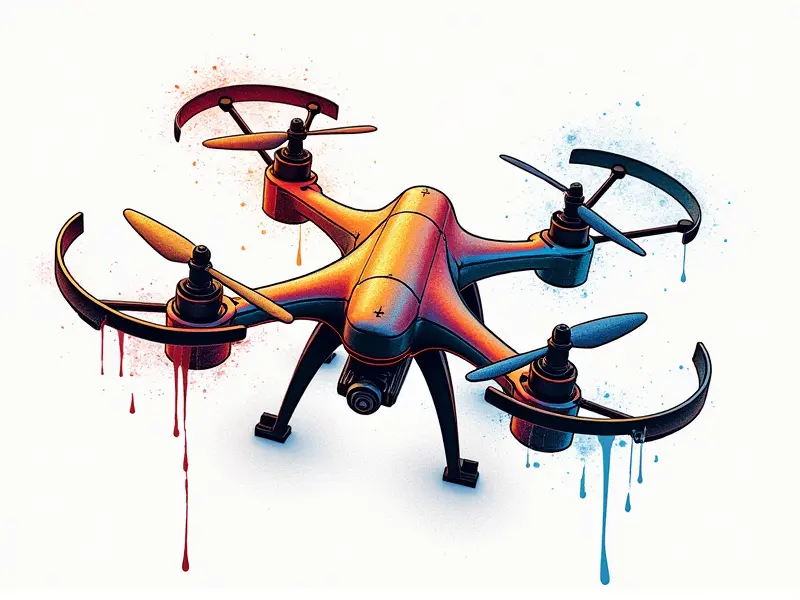What is Li-Po battery capacity?

Understanding LiPo Battery Capacity Basics
Li-Po (Lithium Polymer) batteries are a popular choice for powering RC vehicles, drones, and other high-performance electronic devices due to their lightweight nature and high energy density. However, understanding the capacity of these batteries is crucial for optimal performance and longevity.
What Does LiPo Capacity Mean?
The capacity of an Li-Po battery refers to its ability to store electrical charge, typically measured in milliamp-hours (mAh). This value indicates how much power the battery can deliver over a specific period before needing recharging. A higher mAh rating means more energy storage and longer run times.
How to Read LiPo Battery Specs
To understand an Li-Po battery's capacity, you need to look at its specifications. For example, a 1000mAh battery can deliver 1 amp of current for one hour or 2 amps for half an hour before it needs recharging.
Choosing the Right LiPo Battery Capacity
Selecting the appropriate capacity is essential to ensure your device operates efficiently and safely. The right choice depends on factors such as the intended use, weight of the vehicle, motor requirements, and desired flight time.
Tips for Selecting Proper LiPo Battery Size
- Consider the Device's Power Requirements: Higher power consumption devices need larger capacity batteries to maintain performance.
- Weigh Your Vehicle: Heavier vehicles require more powerful motors, which in turn demand higher-capacity batteries.
- Battery-to-Weight Ratio: Balance the weight of the battery against the overall weight of your vehicle for optimal flight time and maneuverability.
Maximize Flight Time with Optimal LiPo Capacity
To achieve maximum flight time, you need to match the capacity of your Li-Po battery to the energy demands of your drone or RC vehicle. A well-chosen battery can significantly extend operational duration without compromising performance.
The Impact of LiPo Capacity on Drone Performance
A higher-capacity battery allows for longer flight times and smoother operation by providing a steady supply of power, reducing voltage drops that could affect motor efficiency and stability.
Common LiPo Capacities for RC Vehicles
Li-Po capacities vary widely depending on the application. Common sizes range from 1000mAh to 5000mAh or more, with specific recommendations based on vehicle type:
- Small Drones (FPV Racing): Typically use batteries between 1300mAh and 2600mAh.
- Larger Drones: May require capacities up to 5000mAh for extended flight times.
- Racing Cars: Often utilize smaller capacities around 700mAh to 1300mAh due to weight constraints and high power demands.
Why LiPo Battery Capacity Matters in FPV Racing
In the fast-paced world of FPV (First Person View) racing, battery capacity is critical. A well-chosen battery ensures consistent performance throughout the race, providing enough power for quick bursts and sustained speeds.
Decoding LiPo Numbers for Beginners
The numbers on an Li-Po battery provide essential information about its configuration:
- S (Series): Indicates how many cells are connected in series. For example, a 4S battery has four cells.
- P (Parallel): Shows the number of parallel connections within each cell group.
- Capacity: The mAh rating tells you about the energy storage capability.
Boost Your Drone's Performance with LiPo
Selecting a high-quality, appropriately sized Li-Po battery can dramatically improve your drone’s performance. A well-matched battery ensures that your drone operates smoothly and efficiently throughout its flight duration.
Conclusion
In summary, understanding the capacity of an Li-Po battery is crucial for optimizing the performance and longevity of RC vehicles, drones, and other electronic devices. By carefully considering factors such as power requirements, weight constraints, and intended use, you can choose a battery that maximizes flight time, enhances maneuverability, and ensures reliable operation.

